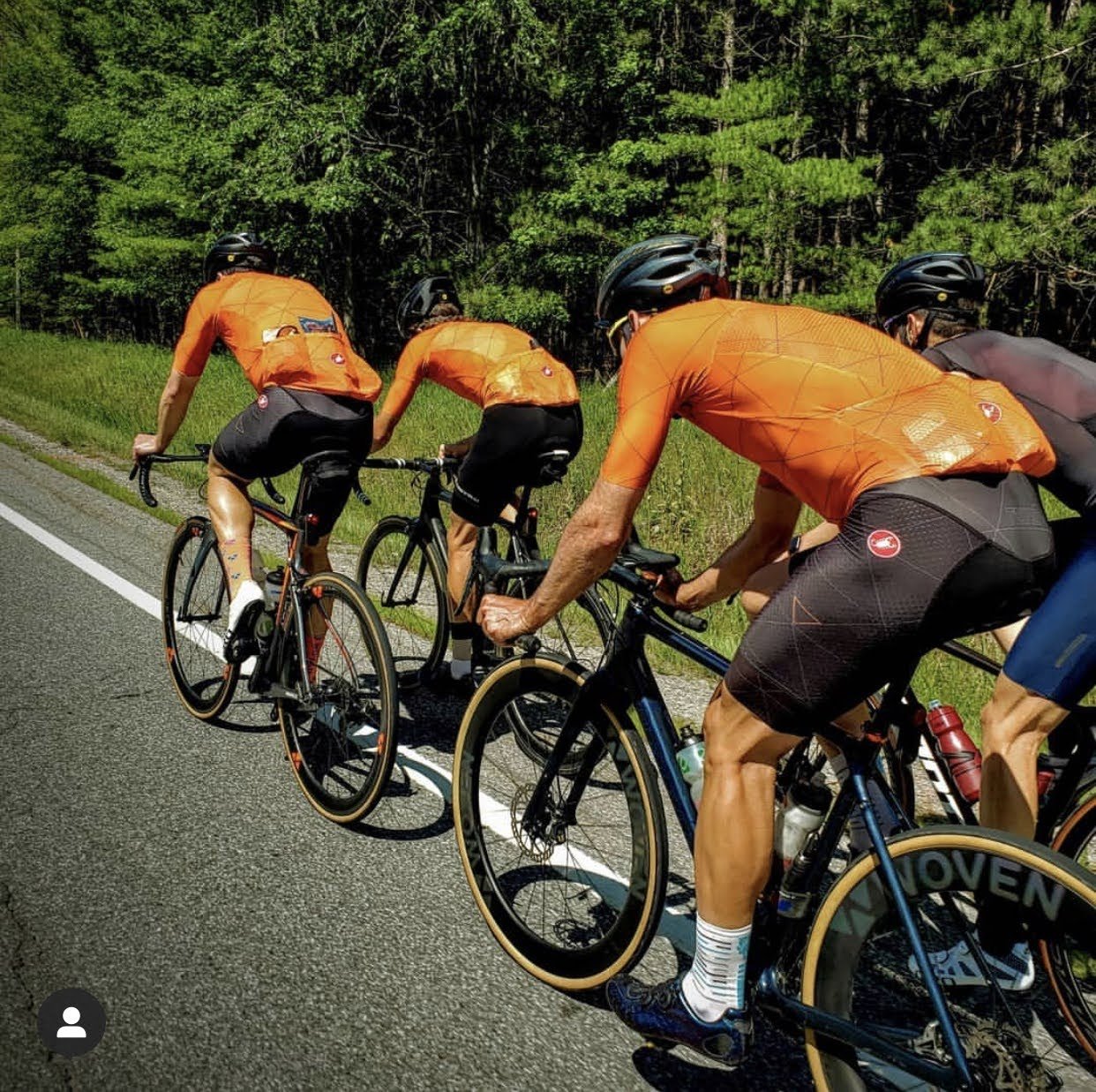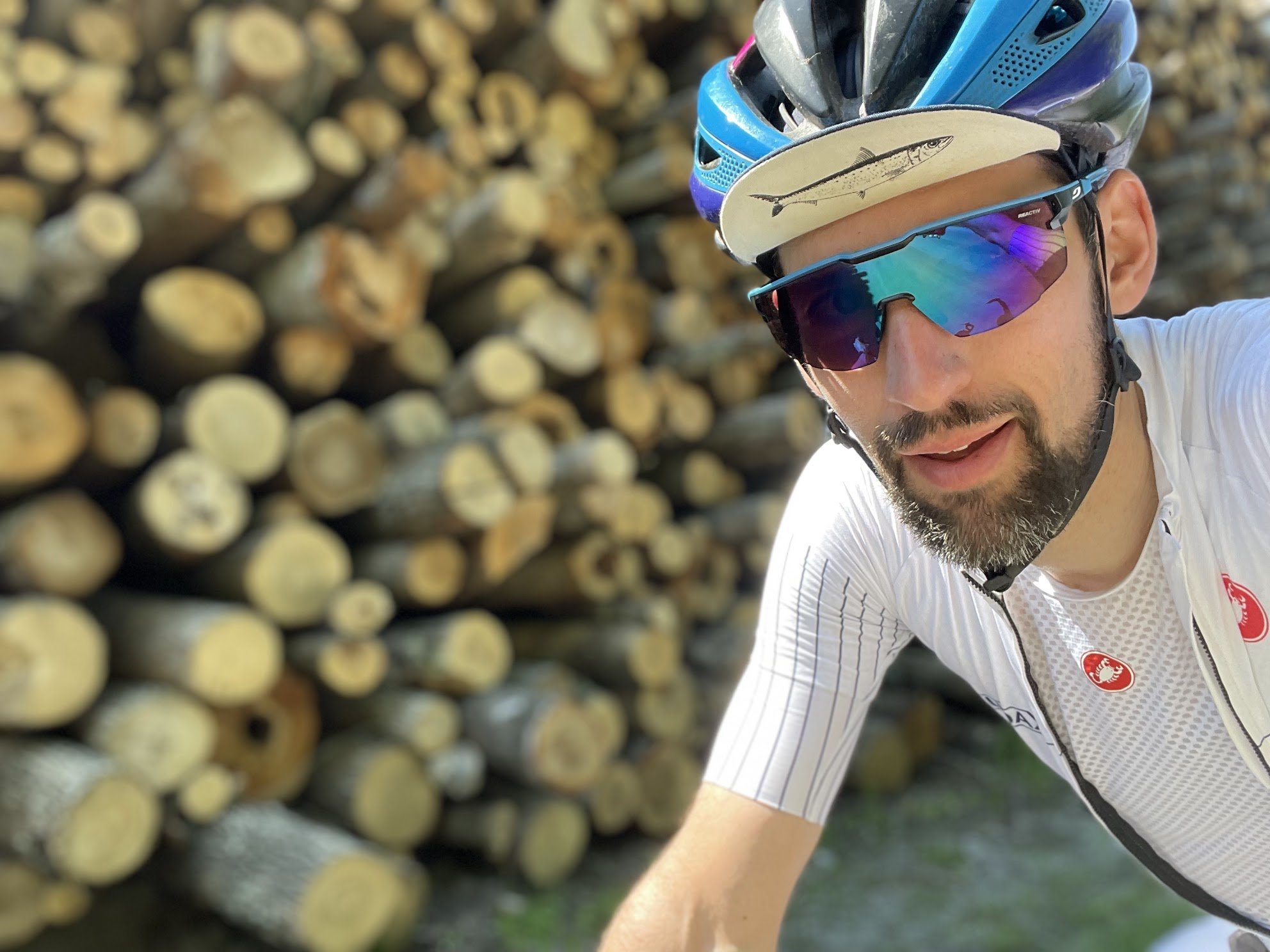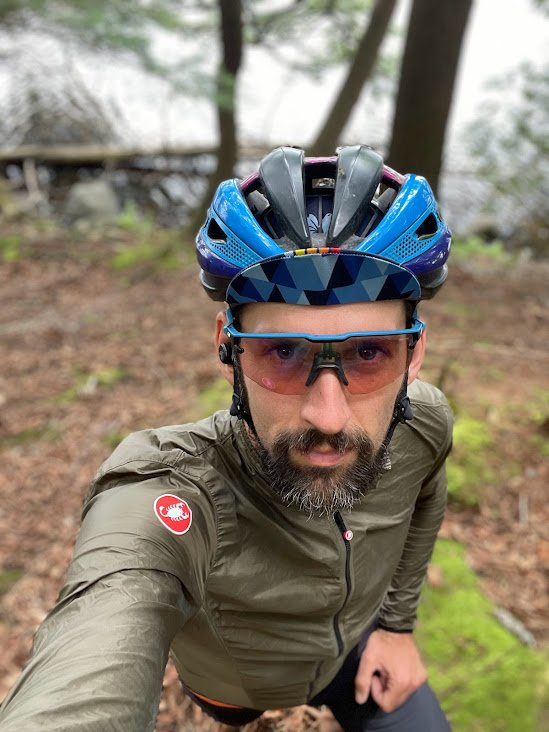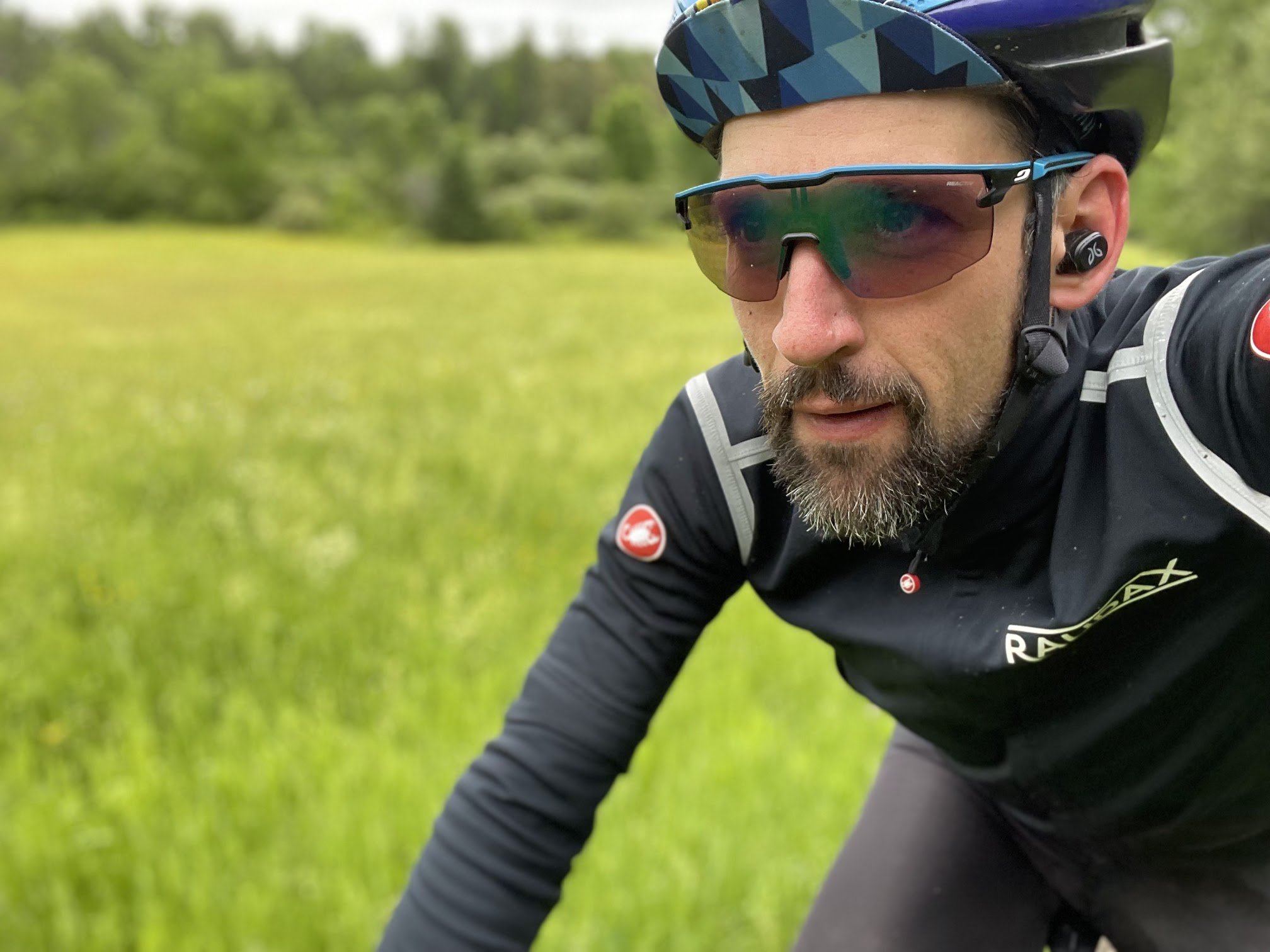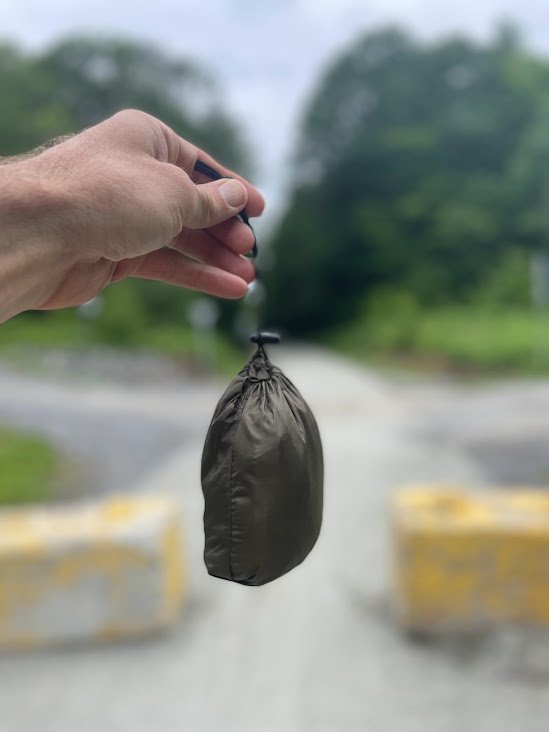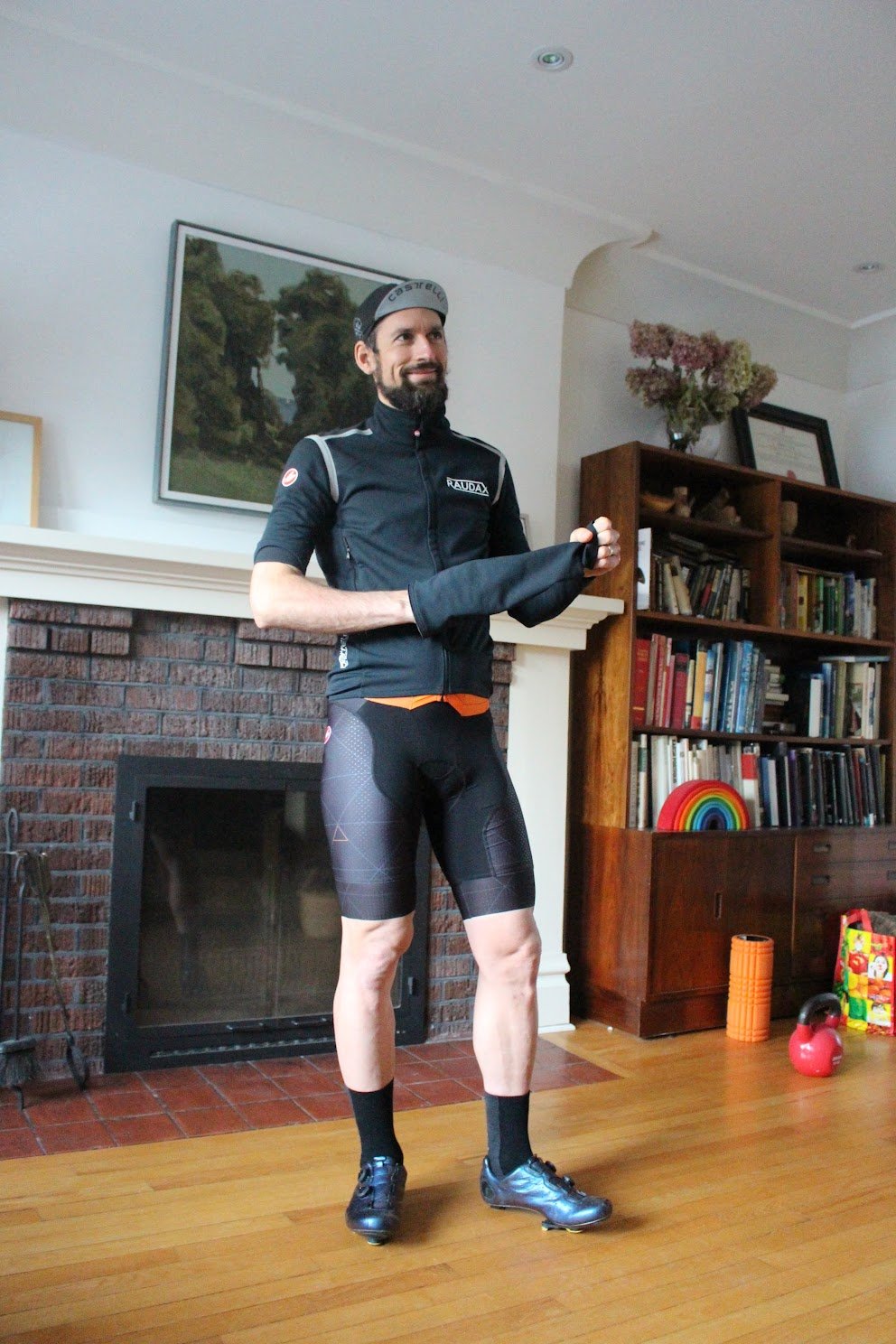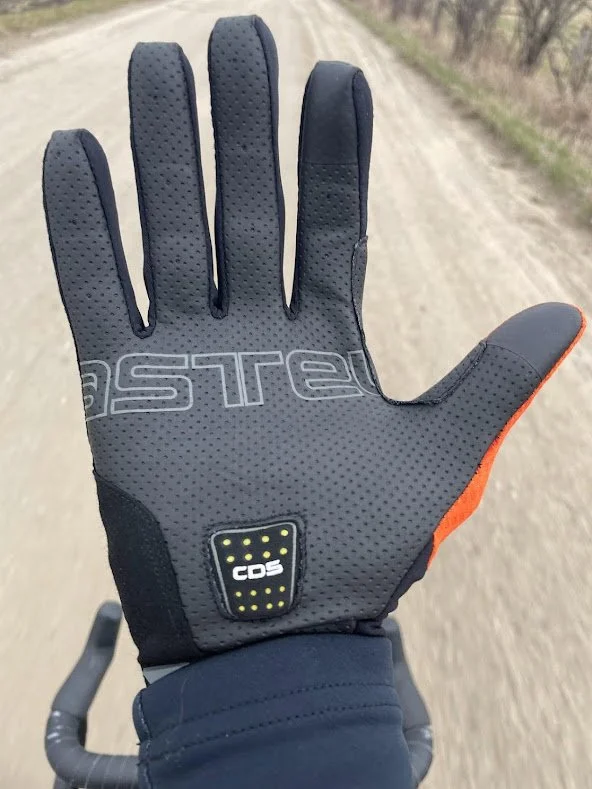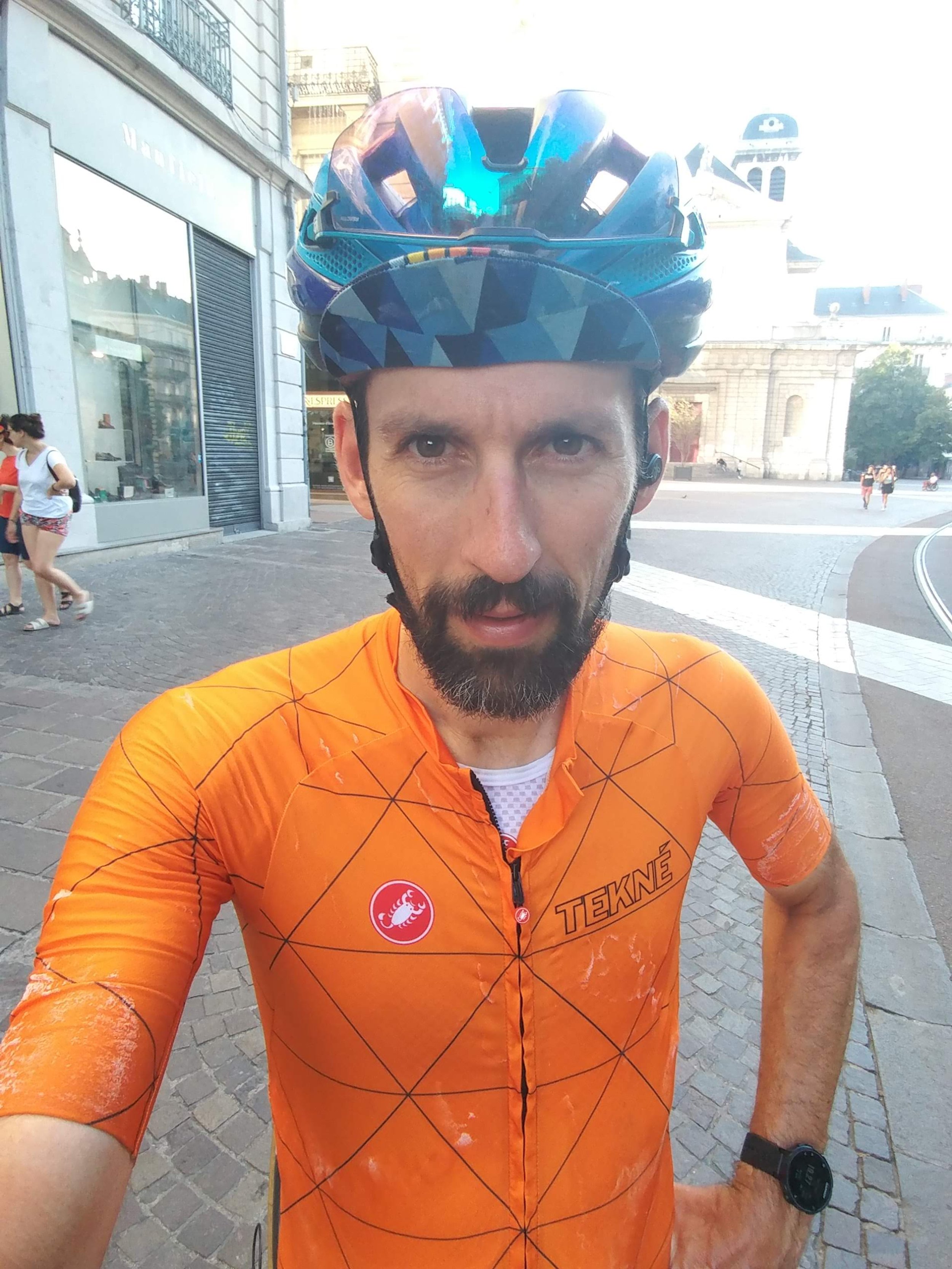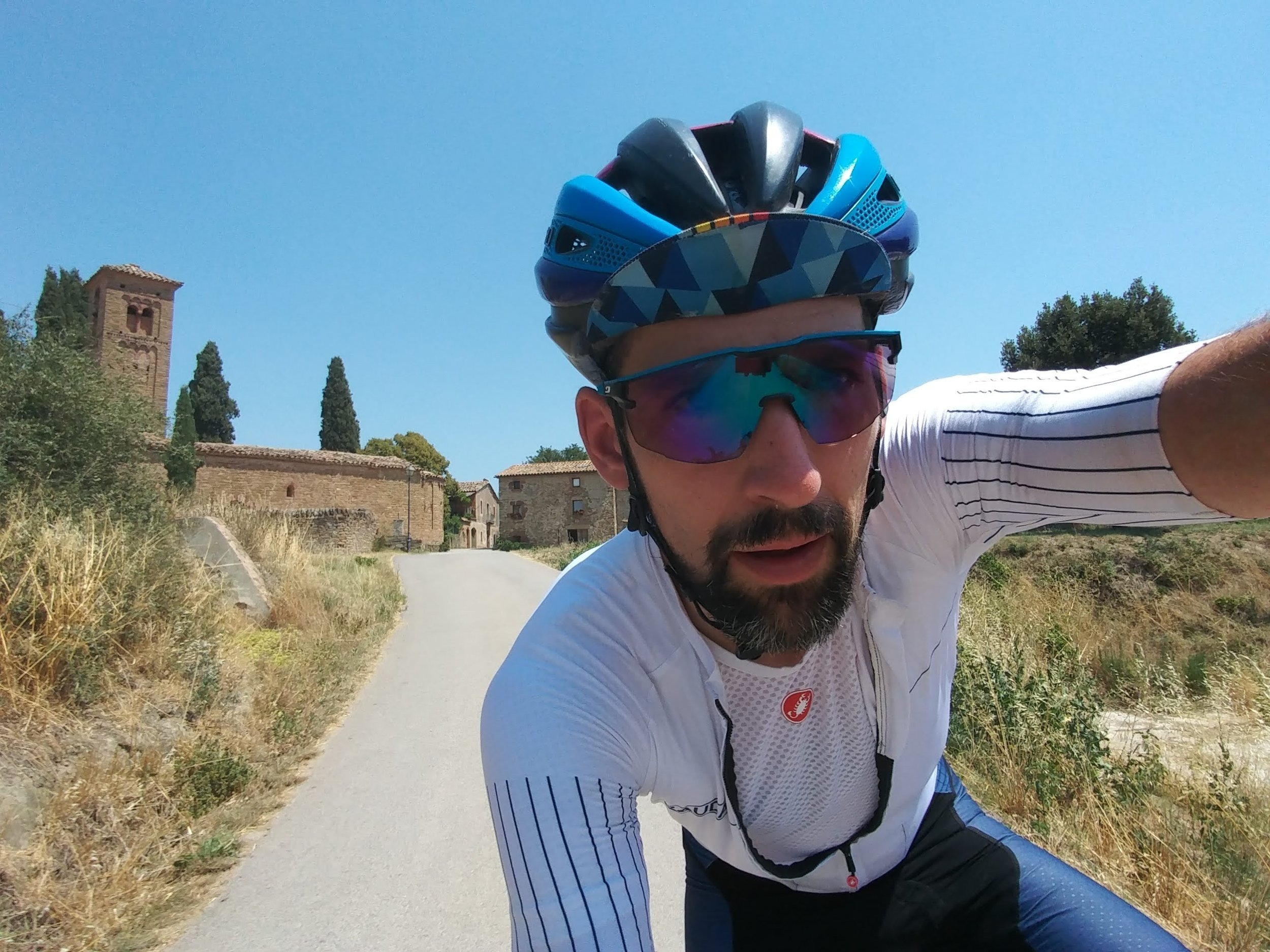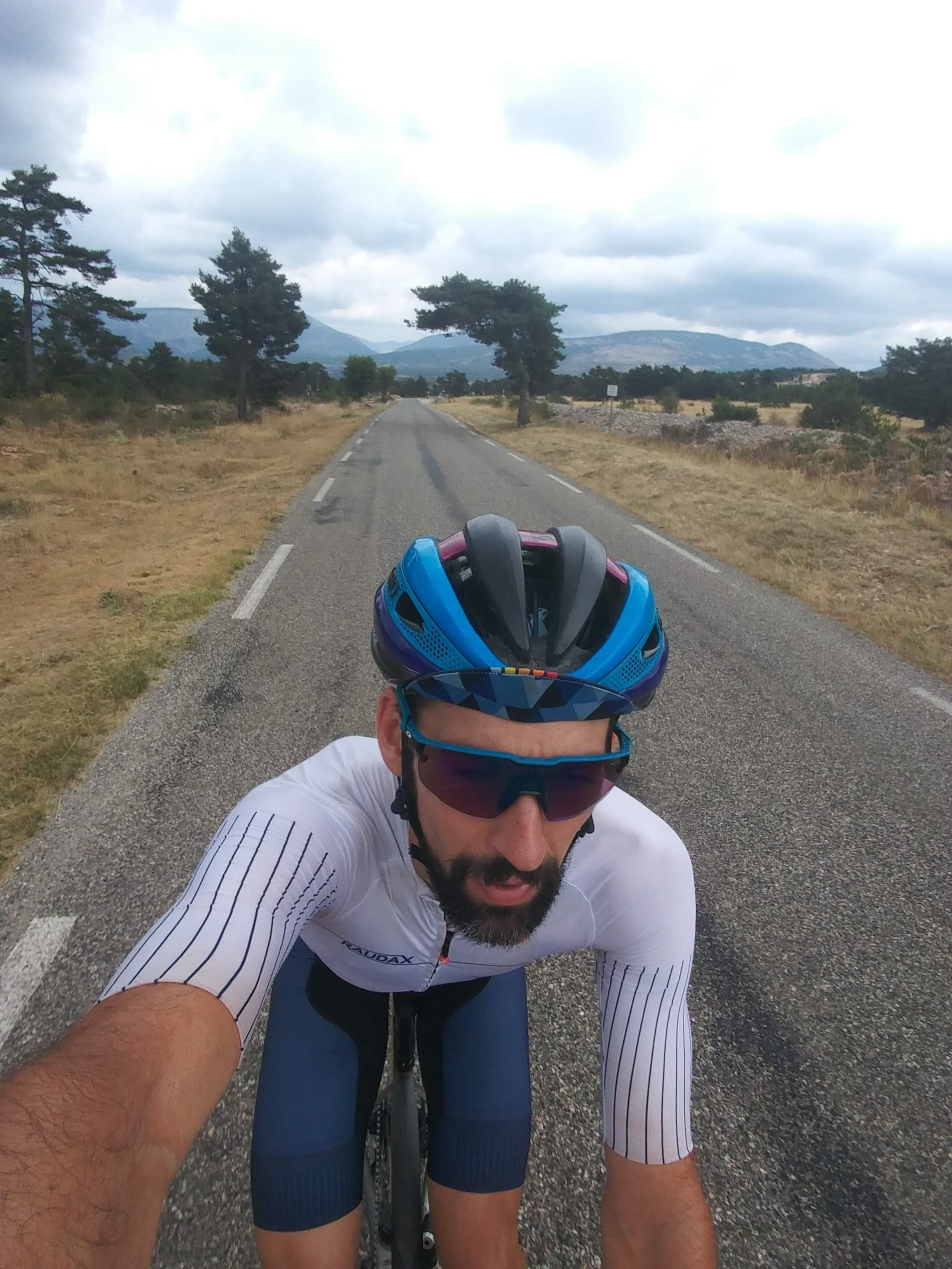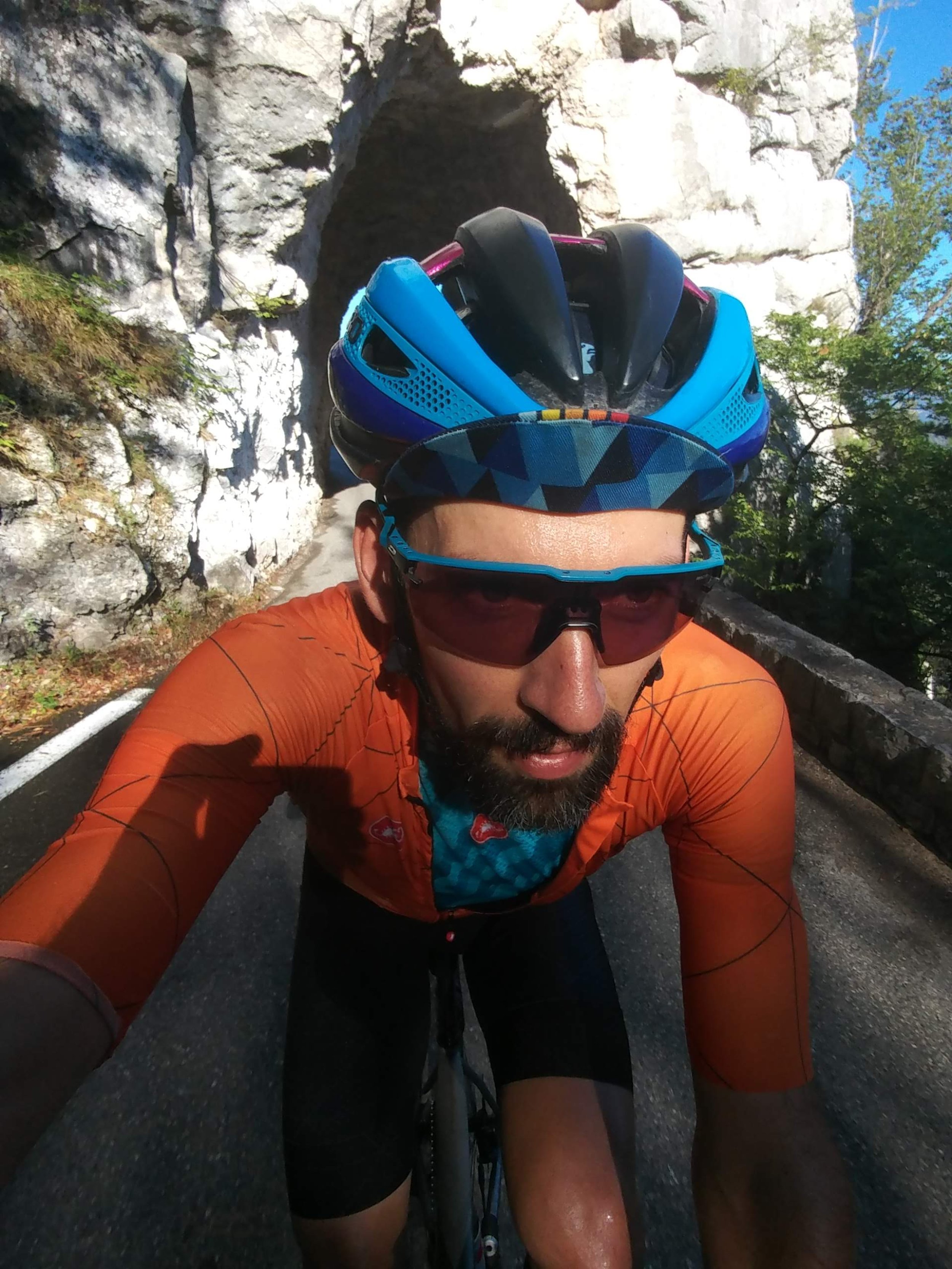Castelli: Core Pieces for Summer in the Mountains
I write hours from boarding a plane to begin 4 weeks in Spain and France with my family. Barcelona, Mallorca, Nice, Paris; a tried and true format lies before us: beaches, mountains, and neither.
Prior experience with trips like this involved bike slogging in soft and hard cases, checked bags, and a not a little swearing. For this trip, I’ll primarily ride paved roads, and don’t have anything ‘epic’ planned. I’ve acquired a Post Carry Co. Transfer Case, which is to my knowledge the most compact travel case on the market that doesn’t required frame couplers. This will be the only piece of luggage we check, and we’ll each carry a backpack small enough to fit under the seats in front of us on the planes. The airlines have shifted to charging for all baggage beyond what can be stowed in this manner, so we are working with this constraint, not least because we have four legs to cover in the air over the trip.
My cargo constraints have driven me to think carefully/incessantly about the kit I’ll take. Strange as it may sound, I’ve embraced the challenge as a fun puzzle to solve. I’m certain I’ve taken more than required in the past, which I can’t blame myself for, as our first trip of this kind took us from the heat extremes of Naxos, Greece, to Iceland’s highs around 15C.
Below I detail the pieces I’m packing. This relatively minimal approach will be interesting as a step toward discerning what complement of kit might be appropriate for bike-packing trips in the future, which pushes modularity and versatility to an other level.
Foundation
I’ll rely on my custom San Remo suits day to day. These one-piece units were developed for racing - their namesake being the longest pro road race there is - and they function really well for that use, given the design is not far off from a skin-suit. While many/most of the fastest skin-suits out there zip up in the back and are painted on, the San Remo, being meant for everything but time trialing, zips up in the front with a zipper that’s easy to operate with one hand. Combining their top-level racing jersey and bibs (Free Aero), Castelli eliminates bib straps, and cuts the front of the suit a little lower than usual, which makes nature breaks a little less awkward. The integration of top and bottom portions of the suit renders the piece ‘normal looking’, because the zipper ‘flaps’ in the front look like atypical jersey’s bottom. However, by foregoing bib straps, the upper’s stretch provides a natural fit and uniform pressure against the skin. There’s very little doubled-up layers of fabric - just at the front, underneath the zipper - which makes for better moisture management. This near-elimination of doubled-up fabric also reduces the total volume of the garment, a benefit when working within baggage constraints.
I will pack my three San Remo suits, and hand-wash them in the shower after each use.. With the dry heat of the regions we’ll stay in, air-drying is fast.
Base
Base layers are a polarizing topic, but I’m into them. The thing is, it takes time to learn what type of layer is appropriate for what conditions, and when to leave them at home altogether. For dry heat, good base layers help distribute sweat across a larger area of the jersey, to increase evaporation rate. When it’s really humid, the jersey will struggle to balance sweat rate and evaporation rate, so a base layer will only increase the total volume of moisture retained, which forms a heat insulating layer against the skin. These are the times to leave the base layer at home, and roll in a jersey alone.
In Spain and France I will ride each morning early, gone before 07:00. It could be cool at this time or not. Over the 5-7 hours I’m out, it’ll hot up, but peaks don’t tend to set in until around 16:00. I find the Pro Mesh base layer ideal for this sort of ride scenario, and I’ll pack along the two I have, rotating them each day. This layer also work really nicely under protective pieces, which I’'ll cover below.
Protection
I’m taking along two pieces for protection, covering two scenarios. The first is most likely: rain in the forecast when heading into the mountains. Temperatures in these mountain ranges can drop significantly in no time, and long descents can get cold enough to be dangerous if not protected. I’m packing the new Aria Shell jacket, which packs up into a tiny ball (107g!). The jacket is listed as a ‘performance’ cut, but my Large fits really closely, and doesn’t flap around excessively. It’s vented under the arms and along its sides to manage heat when working. This isn’t a waterproof jacket, but it is quite water-resistant; it is nearly wind-proof, which is the primary requirement when descending at speed.
For travel in hot-dry regions like Spain and southern France, it’s unlikely I’ll ride all day in the rain. This means a full-on rain jacket like the Idro Pro 3, Goccia jacket, or Gavia jacket would be overkill. When the time comes to do bikepacking trips through all-weather, one of those jackets would be great, probably the Goccia (which is the least expensive of the three). The Aria doesn’t have pockets, which is another reason it’s more of a sporadic use piece.
It feels paranoid, but I’m packing one of my favourite pieces in the event I encounter uncharacteristically cold and/or wet weather: the Perfetto Convertible. This is essentially a Gabba with the addition of zip-on arms. I’ve been testing this piece and my Gabba in recent weeks to determine how warm I can ride in it up to. I’ve gone up close to 20C, just to see if I could, and that wasn’t in rain. I’m taking it along in case I get into temps around 15C, which is possible, though unlikely.
To go with the Perfetto, which can be worn directly against the skin, or over a base-layer or jersey, I’m taking the new Endurance 3 bibs. These are an amazing product at the price, $189 CAD, as they combine really nice fabric (a supportive version of that used in the new Free Aero RCs) and Castelli’s top chamois, the Progetto X2 Air Seamless. This is the pad I find most comfortable for long rides, and the bibs’ GIro3 leg-gripper band does a perfect job keeping the bibs locked in, and also works great with leg warmers. Speaking of which, I’m packing my Nano Flex 3G knee and arm warmers for further modular protection. I also packed a pair of Unlimited gloves, in the event I got into some sort of freaky weather.
…and then…
As it happens, I thought I successfully published this piece from the airport, but didn’t! Instead, I was left with an incomplete draft, which I’ve completed, and now supplement a couple days after returning to Canada. So I get to report on how my kit choices panned out. Lemonade.
I wound up riding 20 days, and a total of 113 hours. You’d imagine the weather would vary a good deal over such a span, but wow, did it ever not. In each locale I awoke to temperatures between 24 and 28C, and rode almost exclusively under cloud-free sun. I encountered zero rain, and the main variable that fluctuated was humidity. Barcelona was dry, while Mallorca and Nice were humid: persistent film of sweat while climbing stuff. I ended up improvising a bike-packing journey from Nice to Paris, rather than flying there, which saw me rise in the Alpes and experience my first taste of cool air in the morning. But not cool enough to need more than I was wearing, the San Remo suit with Pro Mesh underneath.
Rinse and repeat was the theme. I primarily alternated between my fresh white and orange San Remos, leaving the older one aside as a backup. Once I hit the humidity of Mallorca I stopped wearing my base layer most of the time, as it wasn’t providing any benefit. I wore the Aria once: in the airport on the way out of Canada!
For my bikepacking trip, which would see me cover about 600km over three days, I took along the Aria, a spare San Remo and pair of socks; that’s it. I was going to cover a lot of alpine terrain, but the weather forecast called for uninterrupted sun and highs around 34C. My only question was whether I really needed the second San Remo, or if I’d be fine washing and drying the one I was wearing.
Ultimately, it was a great trial, as I was able to dry my suit each night without challenge, rendering the second one redundant. Same with socks. So in the future, for similar conditions, I can leave the spares back.
Overall, I couldn’t be happier with the performance of the San Remos over so many hours of hot riding. They are truly the most comfortable options I own or have ever owned. They dry quickly, cool well when I have decent air moving over me, and their two pockets handle my phone and cards without issue. Rather than packing them up, which strains the fabric, I prefer to use a handlebar bag for most of my carrying needs.
While the San Remo will come across to many as a race-oriented piece, I was not surprised to confirm that it’s simply an awesome option for a wide span of riding. It’s always my fist pick, and I can’t see myself not continuing to prefer them over separate bibs and jerseys for warm conditions.
Ultimately, packing the extra kit to cover off weather contingencies isn’t something I regret in any way, and the truth of the matter is that it’s easy to do so while travelling with your bike in a case. There’s always room for clothes in nooks and crannies, and they can be used to strategically improve protection for the bike. The hard decisions come when bike-packing, and which is where space truly becomes precious. I look forward to more opportunities to make tactical decisions about the kit I chose to wear and carry for bike-packing adventures I have lined up for the balance of 2022.


